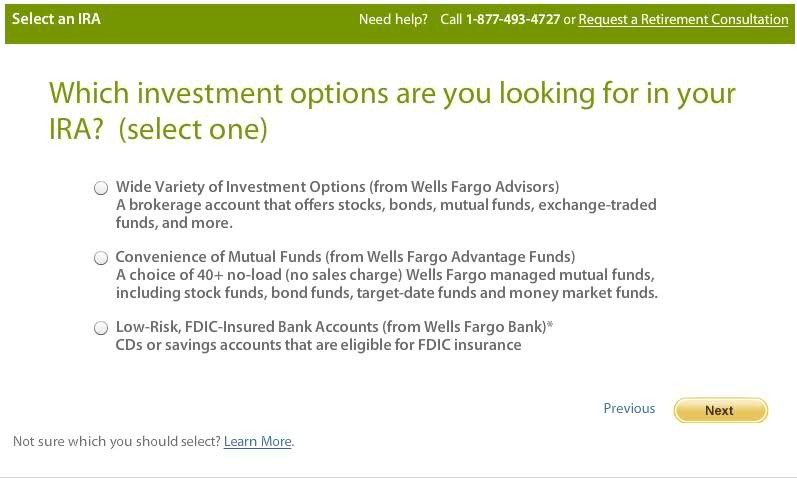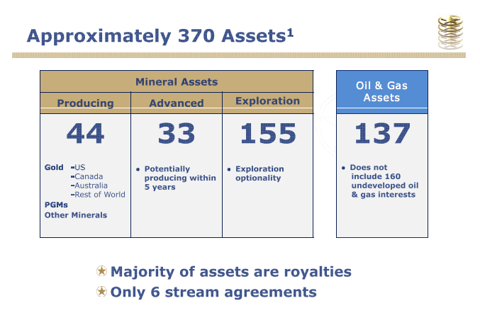Why A DRIP is a Smart ROTH IRA Investment
Post on: 20 Сентябрь, 2015 No Comment

As we all know, one of the best ways to amass a large retirement savings nest egg is by consistently saving small amounts of money over time. Thats why a great ROTH IRA investment is a DRIP.
In fact, over the past decades, one of the most popular methods for building a substantial retirement portfolio involved taking advantage of the Dividend Reinvestment Plans (DRIPs) offered by many publicly traded companies.
To understand why, you only need to understand the power of compound interest.
Dividend Reinvestment Plans (DRIPs)
Many publicly traded companies offer dividend reinvestment plans (DRIPs) for current shareholders. Heres how it usually works.
To participate in a DRIP, most companies require you purchase at least one share of the companys stock in a traditional brokerage account. After youve acquired at least one share, you can sign up for the companys DRIP program, which allows you to regularly reinvest your dividends to purchase additional shares of stock, even allowing you to purchase fractional shares of stock.
Most people who sign up for a DRIP also sign up to invest a specific amount of new money on a regular basis, such as $100 per month. Under the DRIP plan, both the new money and the dividends you receive from your shares are reinvested commission free. This allows investors will small sums of money to acquire substantial amounts of stock without having to worry about broker commissions and transaction costs eating away at their investment principal.
For its part, the company receives a whole class of committed, long-term investors who will help support the companys stock by acquiring more and more stock at regular intervals.
For patient investors, DRIPs have proven to be enormous sources of wealth creation, because DRIPs amplify the normal effects of compound interest. Not only do these frequent investments of new principal and dividends acquire ever more shares of stock, which in turn pay more and more dividends to the investor but most DRIP companies tend to raise their dividends on annual basis. The end result is a process whereby investors with small sums of money (who might otherwise be shut out of the market due to transaction costs) are able to build great wealth over the long-term through patience and persistent saving.
For years, many investors have taken advantage of this process, but despite their many benefits, DRIPs do have disadvantages.
The Downside of DRIPs
One of the negatives when it comes to a DRIP is the lack of liquidity. Most companies implement their own policies when it comes to selling shares, and they can be quite restrictive. You might be required to sell all of your shares, when you only want to sell a few. Or you might be required to wait until the end of a trading day in order to liquidate. While these restrictions may not pose much of a problem for most DRIP investors, its still something you need to be aware of.
In addition, every time a DRIP company pays you a dividend, it triggers a tax liability. For instance, if the Coca-Cola Company pays you a $1 dividend which they reinvest in a fractional share of stock as part of your DRIP, you still owe the government taxes on that $1 even though you never physically received it.
Early in the DRIP process, this isnt much of a problem. After all, whats the capital gains tax on a $1? Maybe 15 cents? You can afford to pay 15 cents out-of-pocket, right?
But what happens 25 years down the road, when your DRIP pays you a quarterly dividend of $10,000? Youre then required to pay $1,500 out-of-pocket which might prove more difficult.
That said, the biggest downside of DRIP investing is the record keeping. If you ever sell any DRIP shares, you owe capital gains taxes on any shares which have appreciated in value. Knowing how much you owe requires you to know the cost basis of each share and fraction of a share you purchased.
If youve slowly accumulated shares in a DRIP for 25 years or more, this creates what can best be described as a record keeping nightmare. Assuming you purchased new shares on a monthly basis, this means you recorded 16 transactions per year (12 montly purchases + 4 quarterly dividend payments). Over 25 years, this adds up to 400 different transactions, which means you need to calculate 400 different degrees of tax liability!
Given the taxes youll owe on the quarterly dividends as well as the arduous task of keeping track of the cost basis for every transaction, DRIPs may prove more trouble than theyre worth for most people.

But what if you could eliminate the negative aspects of investing in a DRIP, while retaining all of the positive ones? Thats where your Roth IRA comes into play.
Creating Your Own DRIP With Your Roth IRA
Your Roth IRA contributions are made using after-tax dollars. You can then invest those contributions in any number of investment vehicles, and your money grows tax-free for as long as you want. If you purchase a share of stock, and it pays you a dividend, you receive that dividend payment tax-free. Best of all, when you decide to withdraw your money in retirement, qualified withdrawals from your Roth are tax-free too!
Because your money grows tax-free and is withdrawn tax-free from a Roth IRA, you dont have to worry about paying capital gains taxes when you decide to sell your stock. And that means you dont have to keep track of the cost basis for hundreds of transactions over the course of 25 years!
So instead of participating in an official company DRIP, why not create your own DRIPs within your Roth IRA?
Most online discount brokers allow you to reinvest your dividends free-of-charge, and if you limit your number of monthly transactions, those same brokers will often allow you to invest regularly monthly intervals of cash in stocks and/or mutual funds. If you do this, youre effectively creating your own DRIP. And by doing so within your Roth IRA, youre eliminating the negative tax consequences associated with traditional dividend reinvestment plans.
In addition, by using an online broker to set up your de facto DRIP, you provide yourself with greater liquidity since your decision to sell shares of stock is not subject to rules which govern any particular companys DRIP program.
You get the best of both worlds the power of compounding DRIP returns and the advantages of a Roth IRA. Together, they can prove a powerful force in helping investors with small sums of money acquire larger than life retirement nest eggs!
Britt Gillette is the creator of Your Roth IRA. a website helping people understand and manage Roth IRAs.














